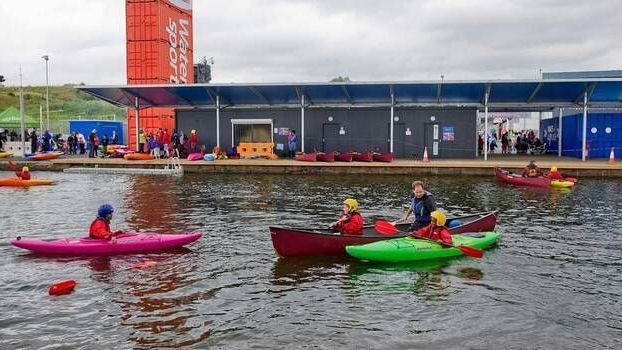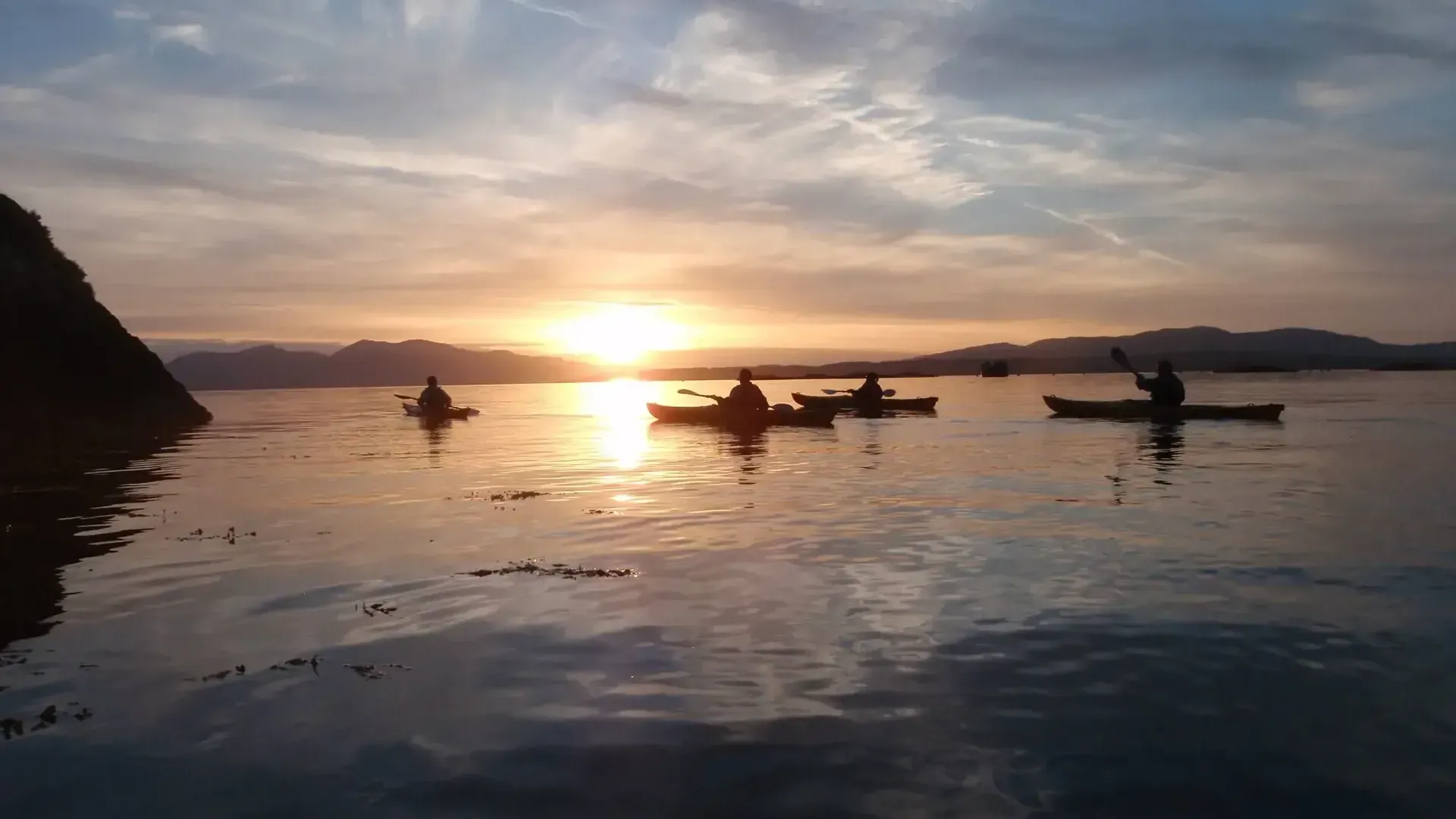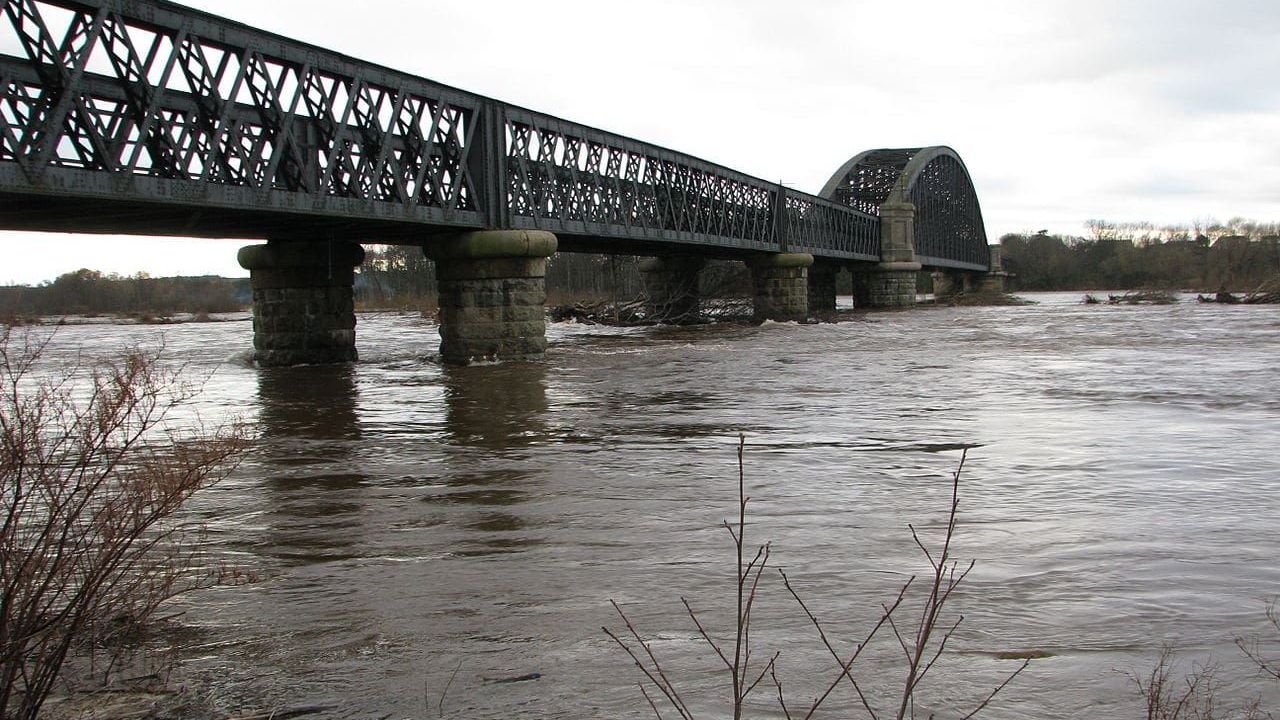PADDLING TRAILS
Great Glen Canoe Trail
Whether you are looking for a long-distance challenge or a relaxing day paddle, the Caledonian Canal offers fabulous options for paddlers of all abilities.
Over 4,000 paddlers visit the waters of the Caledonian Canal each year. Some undertake the challenging 3-5 day long distance expedition, whilst others enjoy a day out on the canal.
We recommend that paddlers are experienced in long distance or open water canoeing before tackling the lochs. Much of the route involves paddling on open water rather than on the canal.
This trail is not recommended for those who are new to canoeing or kayaking. Please remember to plan your journey carefully and get in touch with a local club or provider for advice.
Glasgow to Edinburgh Canoe Trail
Following the Forth & Clyde and Union Canals from Pinkston Watersports in Glasgow City Centre across the Central Belt to the heart of Edinburgh, the 87km trail passes through Port Dundas, Falkirk, Polmont, Wester Hailes and Sighthill.
The fantastic Glasgow to Edinburgh Canoe Trail is suitable for paddlers of all abilities, however please be sure to plan your trip carefully and follow advice on portaging around or paddling through the Falkirk Wheel.
Argyll Sea Kayak Trail
The 150km Argyll Sea Kayak Trail runs between Ganavan and Helensburgh, incorporating ten access points and the Crinan Canal. It has been developed for all people to enjoy the waters around Argyll, whether for a day of fun, or a multi-day expedition.
This is a tremendous place to sea kayak as the coastline offers a variety of sights for paddlers, however please make sure you do your research and follow safety advice.
River Spey
Located on the edge of the Cairngorms National Park, at 107 miles long the River Spey is one of the longest rivers in the UK. The Spey rises in Loch Spey and flows north east before entering the North Sea at Spey Bay.
The Spey can usually be relied upon to give reasonable water levels in all seasons, and is classed as the fastest flowing river in Scotland over its entire length, with a constant fast flow and some sections up to grade 3.
Paddlers should be aware of the fast flowing nature of the river. Ensure you have checked river levels and weather before you head out for a paddle.
River Tweed
The River Tweed, named after its association with Tweed cloth, is a river that crosses the border between Scotland and England. If you’re looking for a dramatic countryside paddle, the Tweed can certainly deliver.
In 2024 the Tweed Valley Canoe Trial was launched, covering a 30-mile stretch of the majestic River Tweed. With the exception of Fairnilee Rapids (Section 6) the stretch of river covered by the Tweed Valley Canoe Trail is grade 1, making it ideal for those new to the sport. The trail is designed to be paddled over two to three days – allowing time to pause along the way – although strong paddlers may be able to power along in a single day.
Along its route, the trail passes some of the area’s most iconic landmarks – Neidpath Castle, Traquair House and Sir Walter Scott’s Abbotsford – along with historic towns and villages. It connects paddlers not only with the river and natural landscape but also the people, places and stories that have shaped this part of the Scottish Borders.















